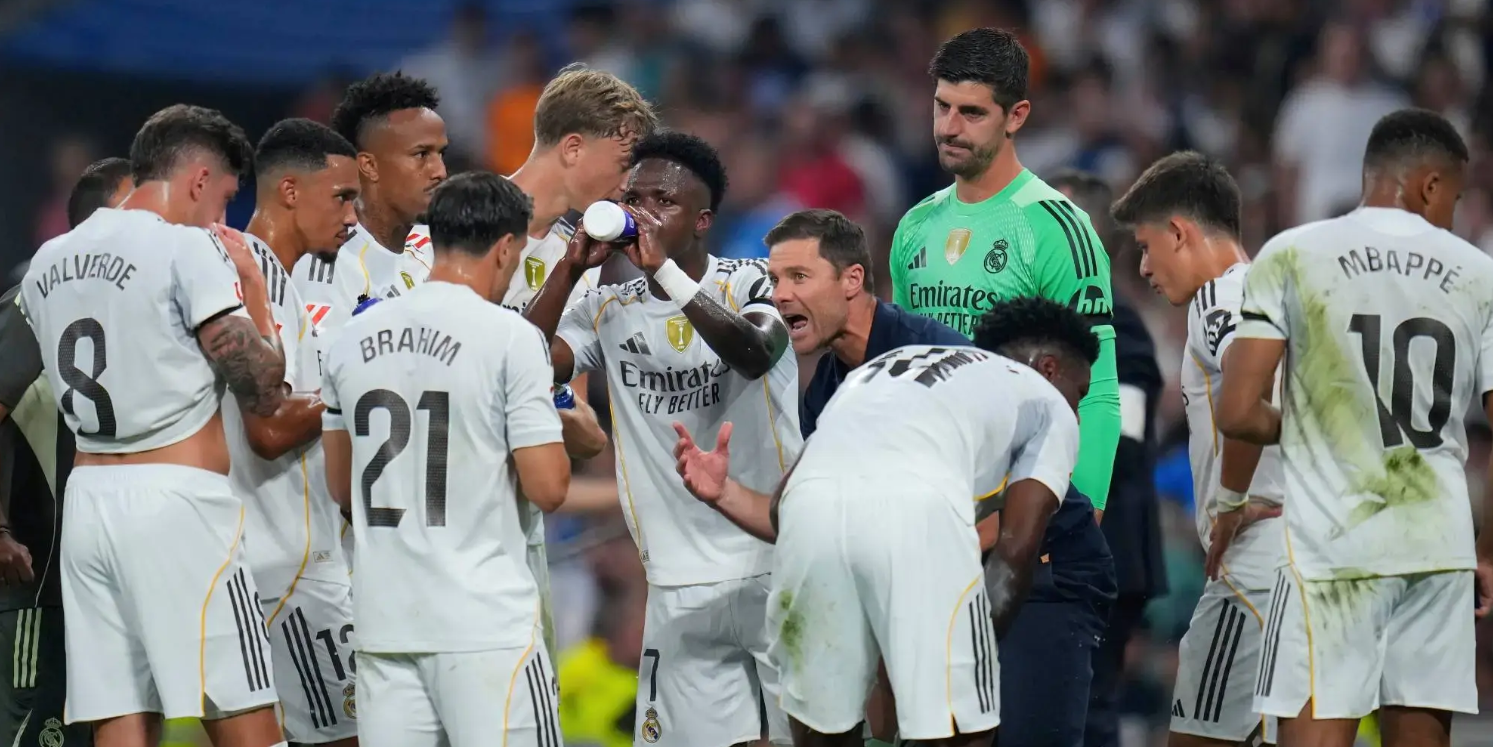
Real Madrid has operated stably through dual financial levers this summer, maintaining a sound financial structure despite investing €178 million in the transfer market. The club generated over €100 million in total revenue through two key channels—transfers of youth academy players and Club World Cup prize money—providing solid support for the team’s signings and squad renewal.
Real Madrid concluded the 2024-25 season with a record-breaking revenue of €1.185 billion, representing a 10.4% increase year-on-year compared to the previous fiscal year. Against this backdrop, Real Madrid relied on two critical revenue sources to navigate the summer transfer market, consolidating its financial strategy without compromising its accounts. These two levers helped generate over €100 million, ensuring stable investment in the transfer market.
The first lever stems from the youth academy. Transfer activities involving players developed at La Fábrica (Real Madrid’s youth academy) generated a total income of approximately €31 million. This was not dependent on a single large-value transfer but accumulated through a series of deals, demonstrating that the youth system is not only a source of talent but also a stable economic resource. Real Madrid has long implemented this model: nurturing youth players, and if they fail to break into the first team, they can be converted into economic assets for the club.
To date, seven youth academy players have boosted Real Madrid’s coffers: Obrador (€5 million), Enríquez (€3 million), Chema Andrés (€6 million), Víctor Muñoz (€5 million), Jacobo Ramón (€2.5 million), Álvaro Rodríguez (€2.5 million), and Miguel Gutiérrez (€7 million). Additionally, Real Madrid did not hesitate to include buyback clauses or future transfer revenue shares in these agreements to maintain competitive control over potential stars, in case some of these players flourish.
The second lever comes from the Club World Cup. Despite criticism within the industry over the congested schedule, Real Madrid secured €80 million in tournament prize money, reaping substantial rewards from their debut participation. This funding became a crucial pillar for summer signings, facilitating the smooth arrivals of Heysen, Arnold, Carreras, and Mastantuono.
Compared to the massive investments exceeding €500 million over the two years of 2018-2019, Real Madrid’s operations this summer were more prudent but still significant in scale. The €178 million investment ranks as the third-largest in the past 16 years, laying a solid foundation for competitiveness in the 25/26 season. The dual channels of youth transfers and Club World Cup prize money have become a model for Real Madrid’s economic strategy, highlighting the club’s ability to maintain top-tier competitiveness without overextending its future.




